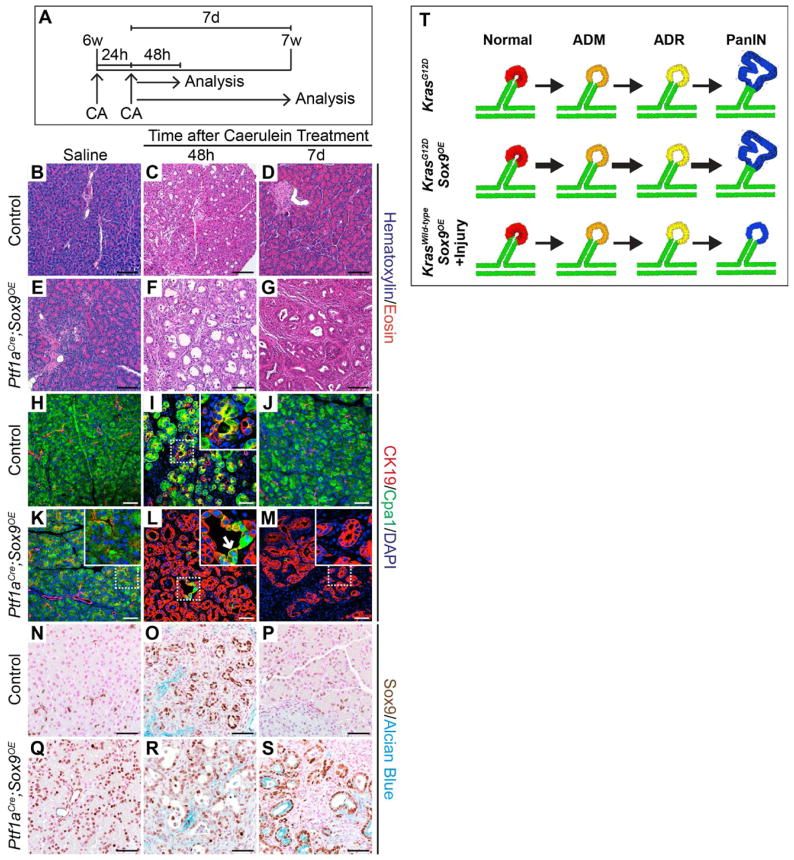Figure 6. Sox9 promotes persistent acinar-to-ductal reprogramming (ADR) and formation of mucinous metaplastic lesions after acute pancreatitis.
(A) Six-week-old Ptf1aCre;Sox9OE and control mice were treated with two sets of caerulein (CA) or saline injections on consecutive days and analyzed 48 hours (h) or 7 days (d) later. Saline-treated mice were analyzed at 21d. (B–G) H&E staining reveals persistent acinar-to-ductal metaplasia (ADM) in Ptf1aCre;Sox9OE mice (G). (H–M) Co-immunofluorescence staining for CK19 and Cpa1 shows a few CK19+Cpa1+ (L, arrow) 48h after CA and mainly CK19+Cpa1− cells after 7d (M) in Ptf1aCre;Sox9OE mice. (N–S) Immunohistochemistry for Sox9 and Alcian blue staining shows Sox9+Alcian blue+ mucinous metaplastic lesions in Ptf1aCre;Sox9OE mice (S) but not in control mice (P) 7d after CA. (T) Schematic summarizing the phenotypes of Sox9 misexpressing mice in the presence and absence of KrasG12D or acute pancreatitis. w, weeks. Scale bars: 100μm (B–G) and 50μm (H–S). See also Figure S4.

